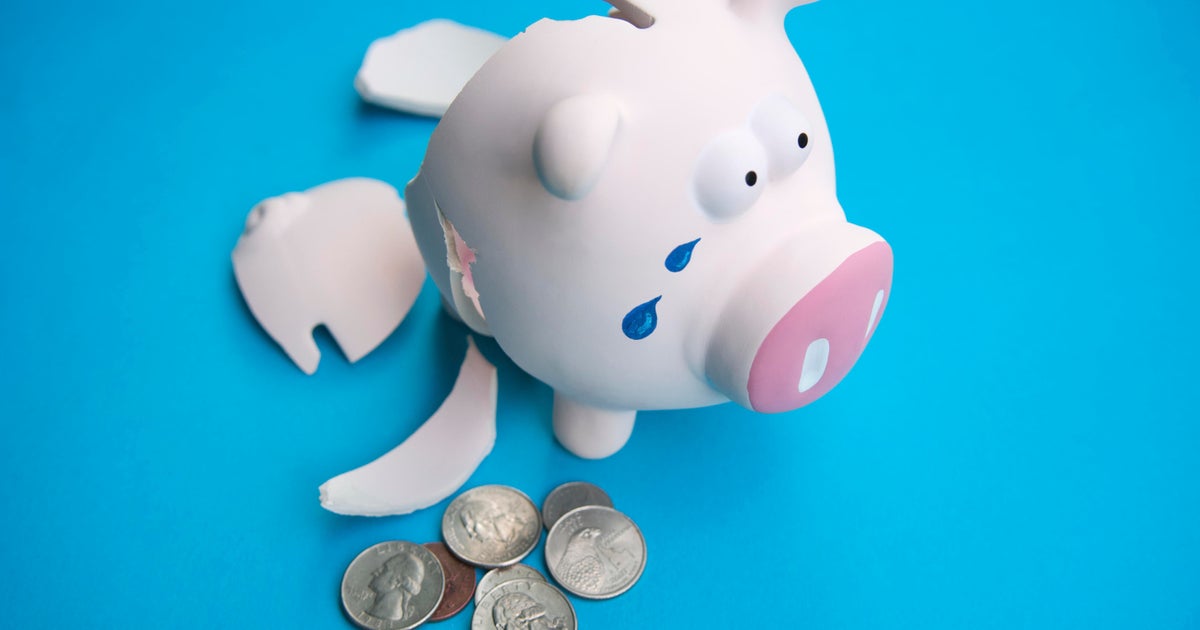Natural disasters slam Americans with long-term financial impacts
- Natural disasters often cause serious personal financial harm that can last for years, according to a new study by the Urban Institute.
- People affected by hurricanes, floods and other events often see their credit scores drop and debts rise.
- A medium-size disaster can cause more personal financial damage than a big one and even widen economic inequality.
As climate change intensifies, Americans are getting used to seeing the devastation from major hurricanes, floods, fires and "storms-of-the-century." While such events can temporarily hurt the nation's economy, it's easy to overlook the financial havoc -- especially in the long term -- they can wreak on people caught up in any of these catastrophes.
Residents affected by a disaster often see a decline in their credit scores, are more liable to fall behind on their bills and generally experience a cascade of financial consequences, including bankruptcy and homelessness, according to new analysis from the Urban Institute.
"In general, existing disaster relief programs and other forms of assistance, along with private sources of insurance and support, do not fully protect those affected by natural disasters from their financial consequences," the researchers write in the report called "Insult to Injury: Natural Disasters and Residents Financial Health."
People living in an area where the disaster is medium size see the most dire consequences. Researchers defined medium-size as roughly less than $200 million in damage instead of the billions unleashed by massive storms like Hurricanes Sandy or Harvey.
Four years after Hurricane Sandy, for example, storm-hit residents' credit scores dropped an average of 10 points, but those who lived through a lesser disaster had an average drop of 22 points, researchers found. That's partly because the latter group is less likely to get long-term federal and private philanthropic help, according to the study.
Disasters don't damage just personal finances, but they could also widen "already existing inequalities" economically, the analysis suggests. Residents with lower incomes or in communities of color may be hit hardest. People in those communities struck by medium-size disasters saw their credit scores fall 31 points versus a four-point drop in majority-white communities affected by similar events, the researchers found.
A subpar credit score can prevent you from getting an apartment, bank account or credit card. Those with poor credit before a medium disaster are more likely to lose access to credit completely as the years go on, something researchers initially suspected, lead author Caroline Ratcliffe told CBS MoneyWatch. A similar pattern may apply to auto ownership, the researchers found.
"What we do see is that it appears that people in this poor-credit group are losing access to credit," Ratcliffe said. "So by year four, they're 9 percentage points less likely to have a credit card."
"Things don't get better"
Other consequences can include the number of debts that wind up with bill collectors. One year after a medium disaster, those kinds of delinquencies rose 5 percentage points. That doubles after four years, according to the study. "In each of the years that you go further out, things don't get better and continue to get worse," Ratcliffe said.
Urban Institute researchers looked at three groups of disasters for their study: Hurricane Sandy, "large" disasters with $200 million or more in damage as assessed by the Federal Emergency Management Agency and "medium" disasters with less than $200 million in damage that qualified under FEMA guidelines. They used data from federal programs as well as a major credit rating agency and extensive interviews.
Adding urgency to the problems found in the Urban Institute study is climate change. Rising global temperatures are forecast to hurt the American economy as a whole by causing more damage to natural resources and infrastructure, including roads, bridges and pipelines. The National Climate Assessment, released in November, warned that extreme weather and climate-related events in the U.S. are worsening. That report also showed that the economic and health toll of climate change in the recent years smashed records, costing nearly $400 billion since 2015 in the U.S.
A report from the Congressional Budget Office just this week found the annual damage isn't expected to abate anytime soon. It projects yearly costs from hurricane winds and storm-related flooding alone will total as much as $54 billion under current policies, including $34 billion in losses to American households, $12 billion for the public sector and $9 billion for commercial businesses.
Protective measures from local, state, federal programs as well as from the private sector can help those most vulnerable to the financial consequences of worsening climate and weather conditions, the Urban Institute researchers suggest. Such programs could consider what the pre-disaster financial state of residents was when considering who gets how much financial relief after a disaster. The researchers noted that such an approach could evaluate who needs the most help not just immediately but also down the line in future years.



